How to sweeten coffee without sugar – nutritionist and barista advice
I asked nutritionists and baristas how to sweeten coffee without sugar. The correct grind size, brewing method, and extra additions can make all the difference


If you start drinking your coffee with a spoonful of sugar, it’s easy for one spoon to turn into two and then two into three. When it comes to cutting back, you might want some help with how to sweeten coffee without sugar, because it's an art form. I’ve got the answers for you.
A while back, I did a big deep dive into how to make fort taste better when you don’t like coffee. The secret lies in sweetening coffee as naturally as possible, whether that’s investing in a differ by kind of coffee maker, the best coffee beans, and knowing how to make coffee properly.
I asked baristas and nutritionists for their tips on how to make coffee taste sweeter naturally and effortlessly. Here’s what they said.
The beans
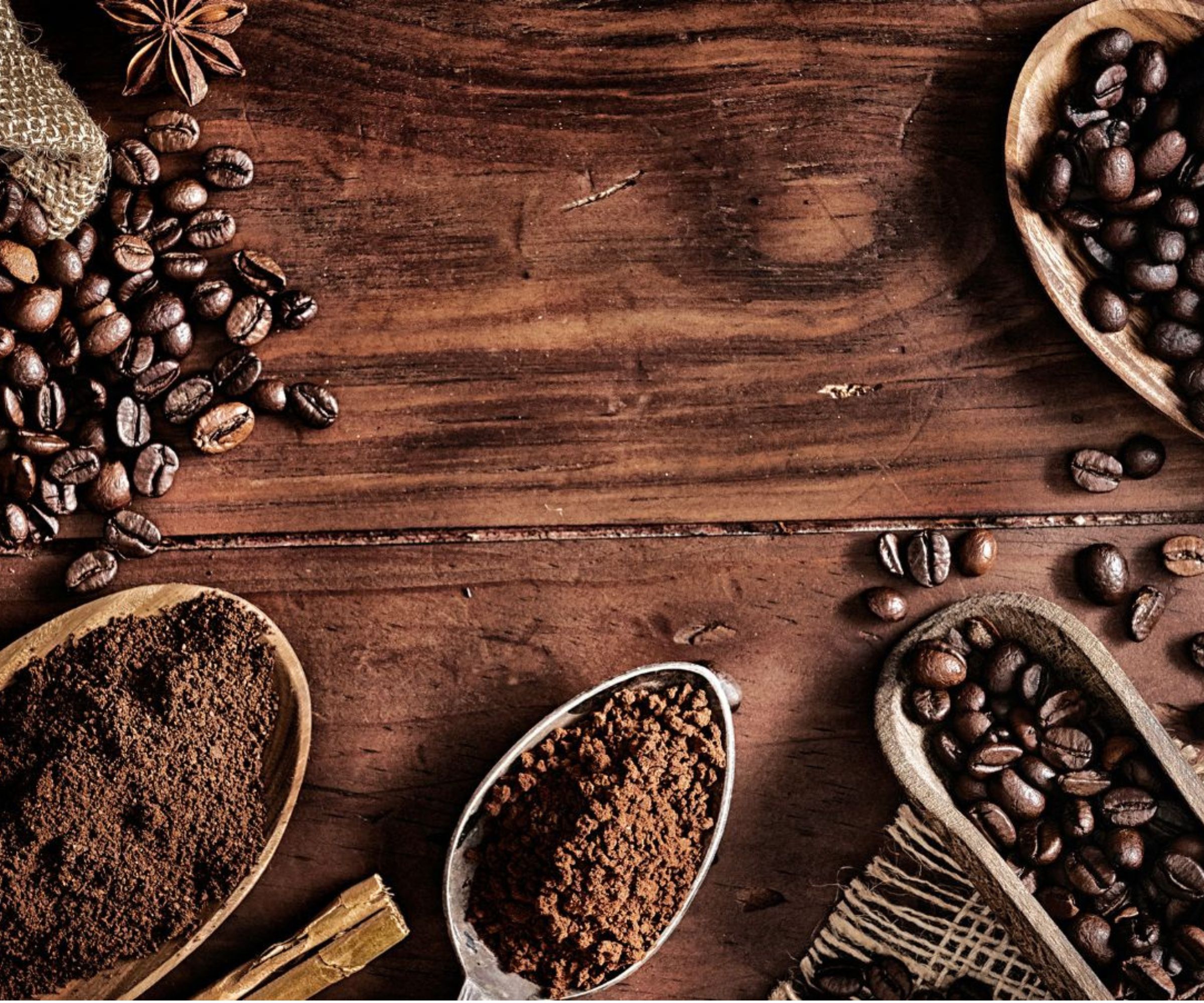
Every coffee begins with beans. Depending on where your beans have been grown, they’ll have different flavor profiles. The general consensus amongst baristas is that Arabica beans have a sweeter and more mild taste when compared to Robusta beans.
Genevieve Kappler, Director of Coffee at Roasting Plant, says that the perfect cup of coffee depends on 'all-important, fresh roasted coffee beans. She says that her favorite beans are 'Uganda Rwenzori or any deeply chocolaty, caramelly, spicy coffee beans, which have a fuller body.' Genevieve recommends preparing them in a French press for 'a more deep, rich, and heavier mouthfeel.
I'd also recommend Liberica beans, like these from Amazon, because they are the sweetest tasting. However, they're more of a novelty than a plausible choice for regular drinking due to their scarcity. Arabica beans are the next sweetest, with the sugars best preserved at a medium roast. Her general rule is ‘the higher the altitude of the coffee bean farm, the sweeter the beans.' This means that other popular options for sweet beans are places like Colombia, Kenya, Guatemala, Panama and Ethiopia. Just make sure to buy Fairtrade and organic where possible too. I’d always recommend Union or Origin coffee.
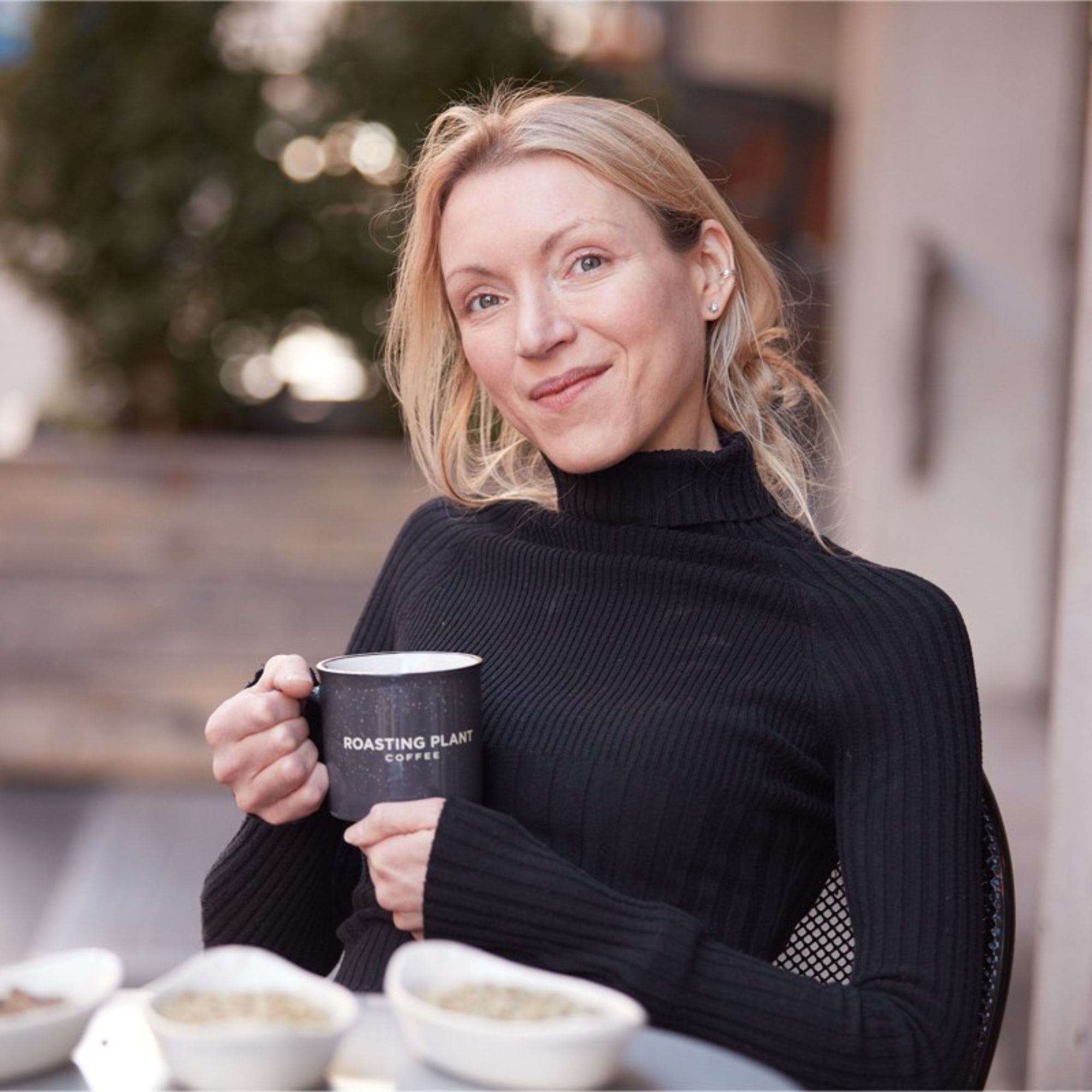
Genevieve Kappler is the Director of Coffee at Roasting Plant. She is also their Roasting Technologist, so knows everything about coffee, down to specific details. She combines coffee brilliance and brains with an extensive knowledge of all things caffeine.
The grind
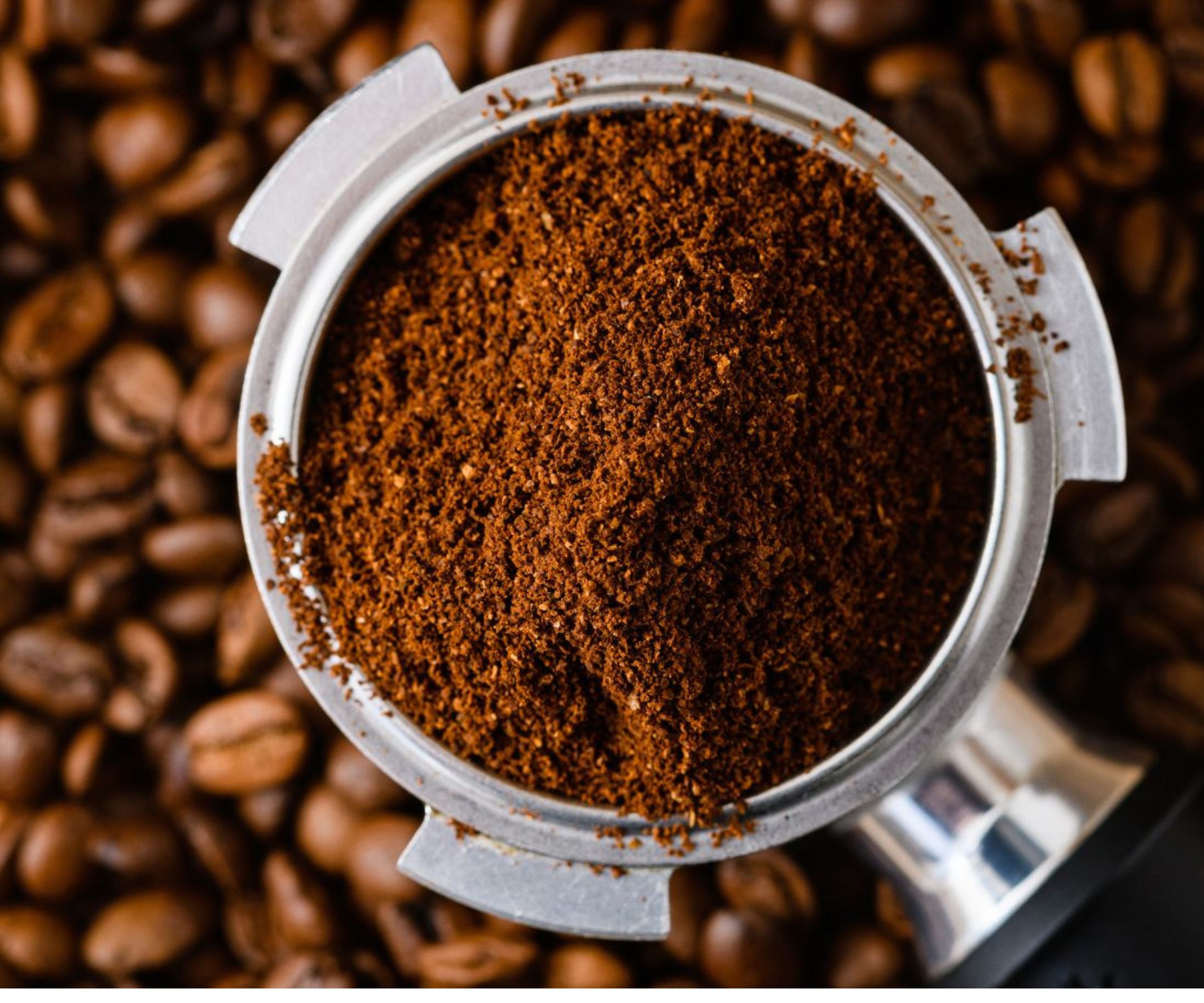
It’s paramount that you buy your beans whole if you want a sweeter coffee. Grinding whole beans yourself means that you control the grind size and how the beans' oxygen exposure. When grounds oxidize, they taste bitter and stale. If you can grind them just before use, they’ll taste much fresher and sweeter. Peter Conroy, health and coffee expert, went into the details of grinding with me. He said ‘grind size affects the extraction rate and balance of flavors during brewing. Finer sizes allow for faster sugar extraction without risking over-extraction and bitterness.’
Design expertise in your inbox – from inspiring decorating ideas and beautiful celebrity homes to practical gardening advice and shopping round-ups.

Peter is a self-confessed coffee expert, who previously owned a pop-up alfresco coffee shop in Brooklyn. He's currently the founder and CEO of The Difference, a New York based digital health technology company which offers help with weight management.
Fine grinds don’t suit every method, so you’ll want to match a fine grind with an espresso machine or pour over. I’ll go into methods in more detail, but if you don’t own a grinder at home, here are the best ones on the market.
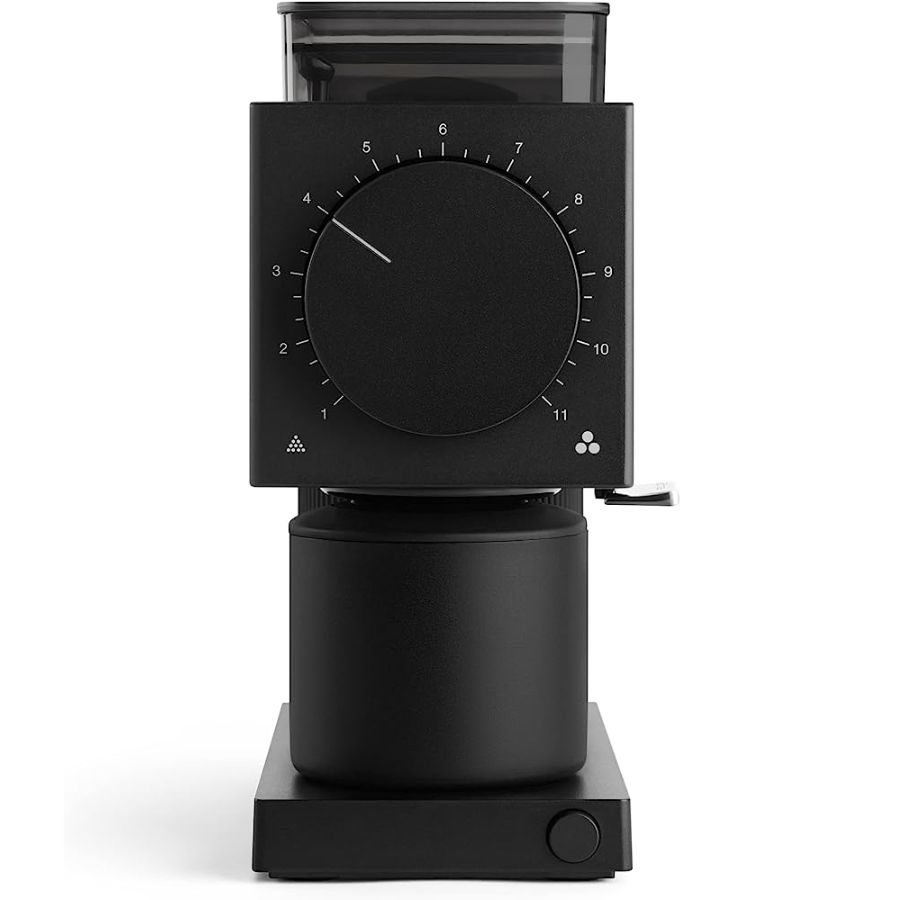
This is a more expensive grinder, but it's worth every penny. In our taste tests it came out on top and features all the premium finishes, from a good range to minimal retention.
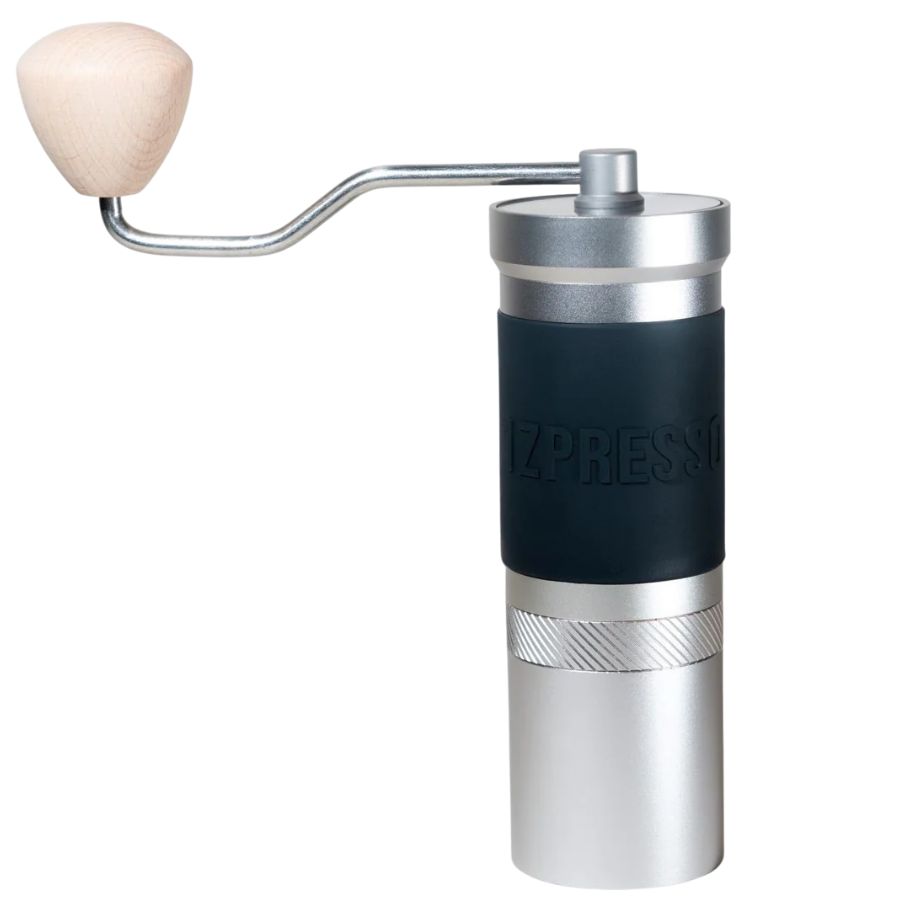
If you're short on space, we'd recommend this manual grinder. You don't need to plug it in to use it and we were really impressed with how consistent it was.
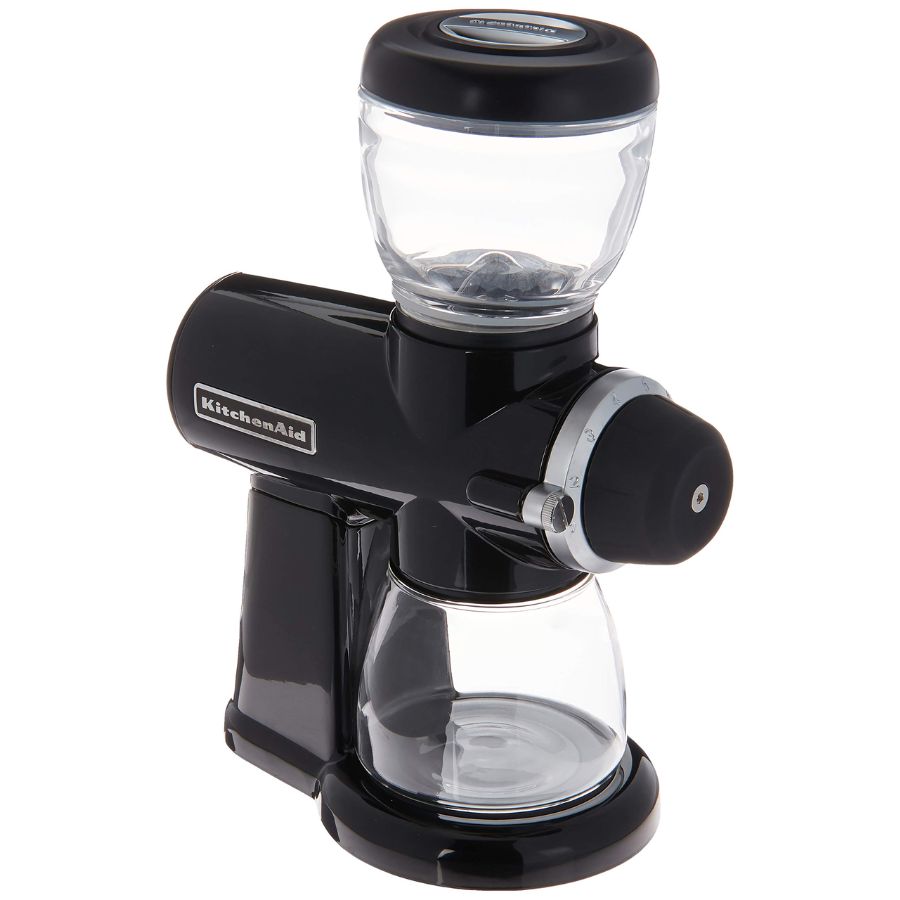
With a user-friendly design and excellent results, our team fell instantly in love with the KitchenAid. It's a little big, but we think that it's worth making room for.
The method
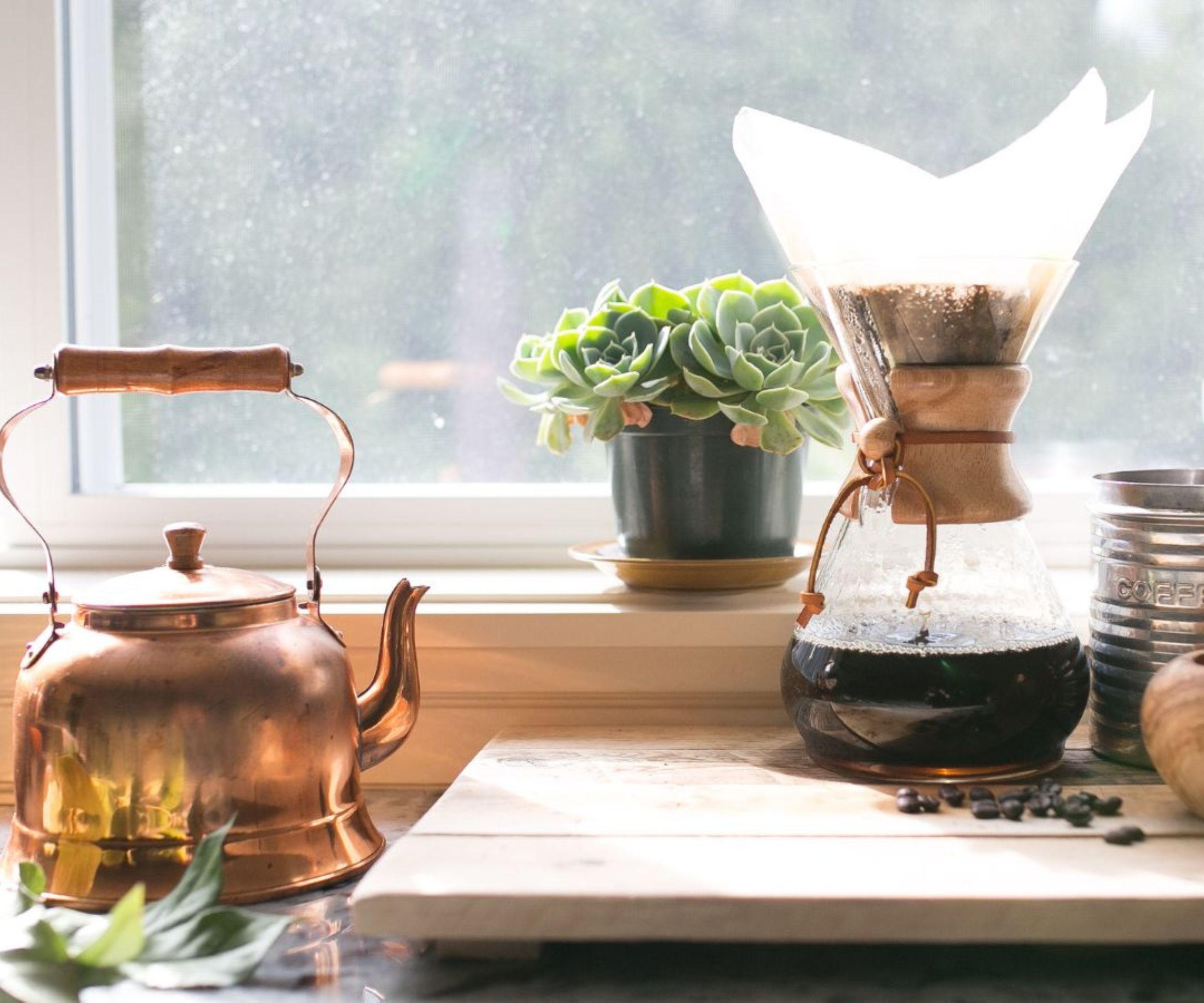
Time and time again, baristas emphasized ‘blooming’. This is where you dampen your ground beans for 30 seconds to release the CO2 from your grounds. CO2 makes your coffee taste acidic, so you'll want to 'bloom' your grounds for a sweeter flavor.
Once you’ve brewed your coffee, remove the crema. This is the hazelnut foam you'll see on top of any good espresso. Removing it from your drink is a divisive topic in the coffee community; the crema balances the flavors of your cup of joe perfectly. However, in professional coffee tasting competitions, experts will remove the crema, because it has a really strong ashy and bitter taste that can overpower the rest of the drink.
The way you brew coffee will give vastly different results too. As mentioned, a fine grind and fast extraction is more likely to yield a sweeter brew. Therefore, the methods that are best suited to sweeter cups of coffee are fast, high-pressure ones. An espresso machine is designed with this task in mind. Pulling an espresso is the fastest way to have a sweeter coffee. However, if you don’t want a big machine, a pour over or moka pot will yield similarly sweet and delicate results. Cold brew has a different flavor profile from normal coffee, because it is extracted under different conditions. It's much sweeter, so you can follow our guide on how to make cold brew if you'd like to mix up your coffee style.
I would avoid a French press, for example, which requires a coarse grind and longer brewing time, resulting in a more acidic brew. Below are tried-and-tested coffee makers that will give you a sweeter cup of joe.
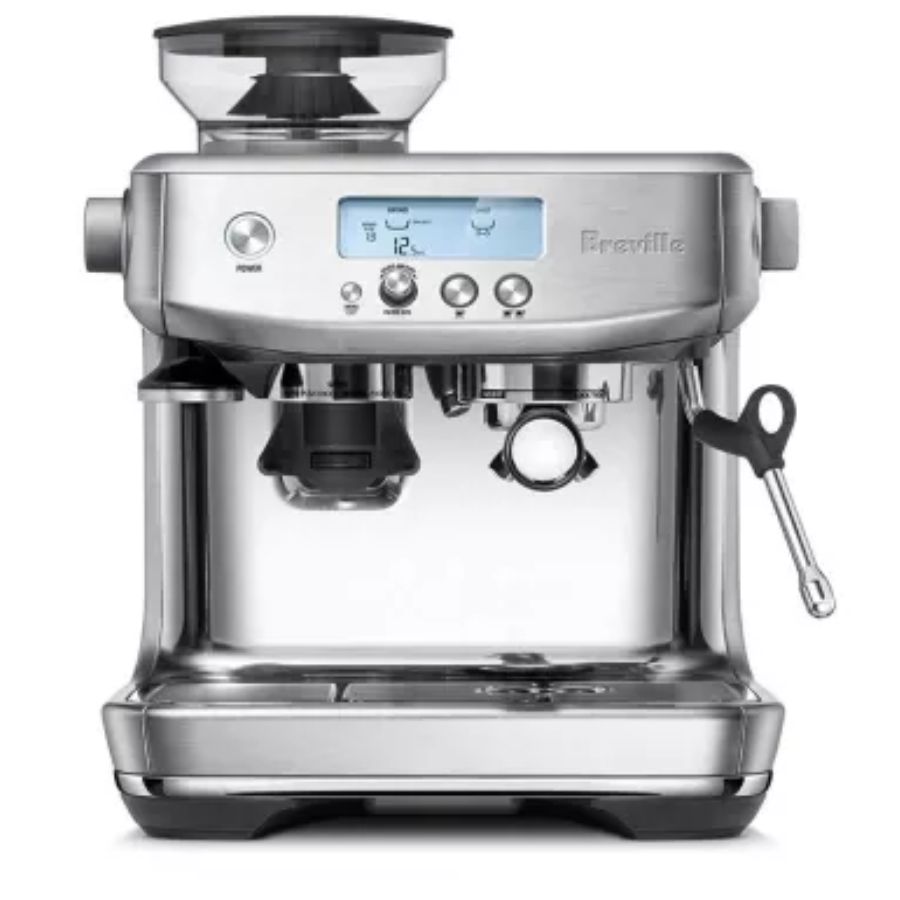
An expert espresso machine for professional, barista-quality coffee making, this machine is hard to fault. The adjustable settings mean that you can pull the perfect espresso shot over ice without it turning bitter.
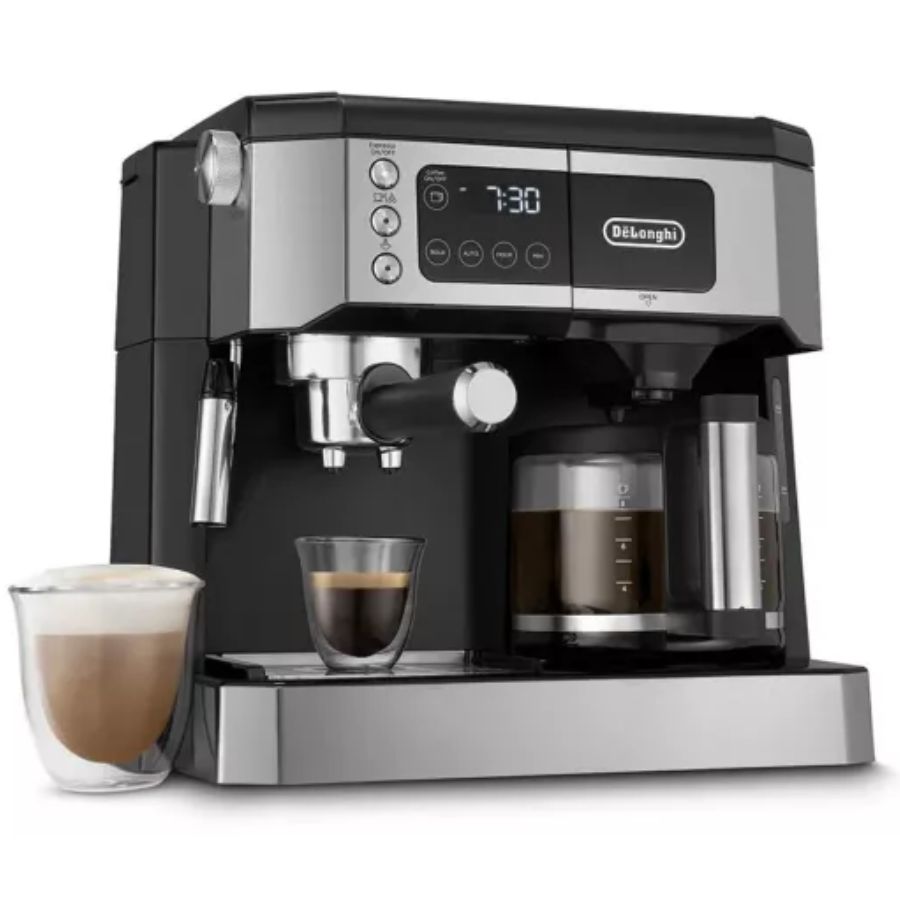
If you like a filter coffee, but also want to brandish some barista skills, the All-In-One is the perfect option for you. It's incredible value and extremely versatile.
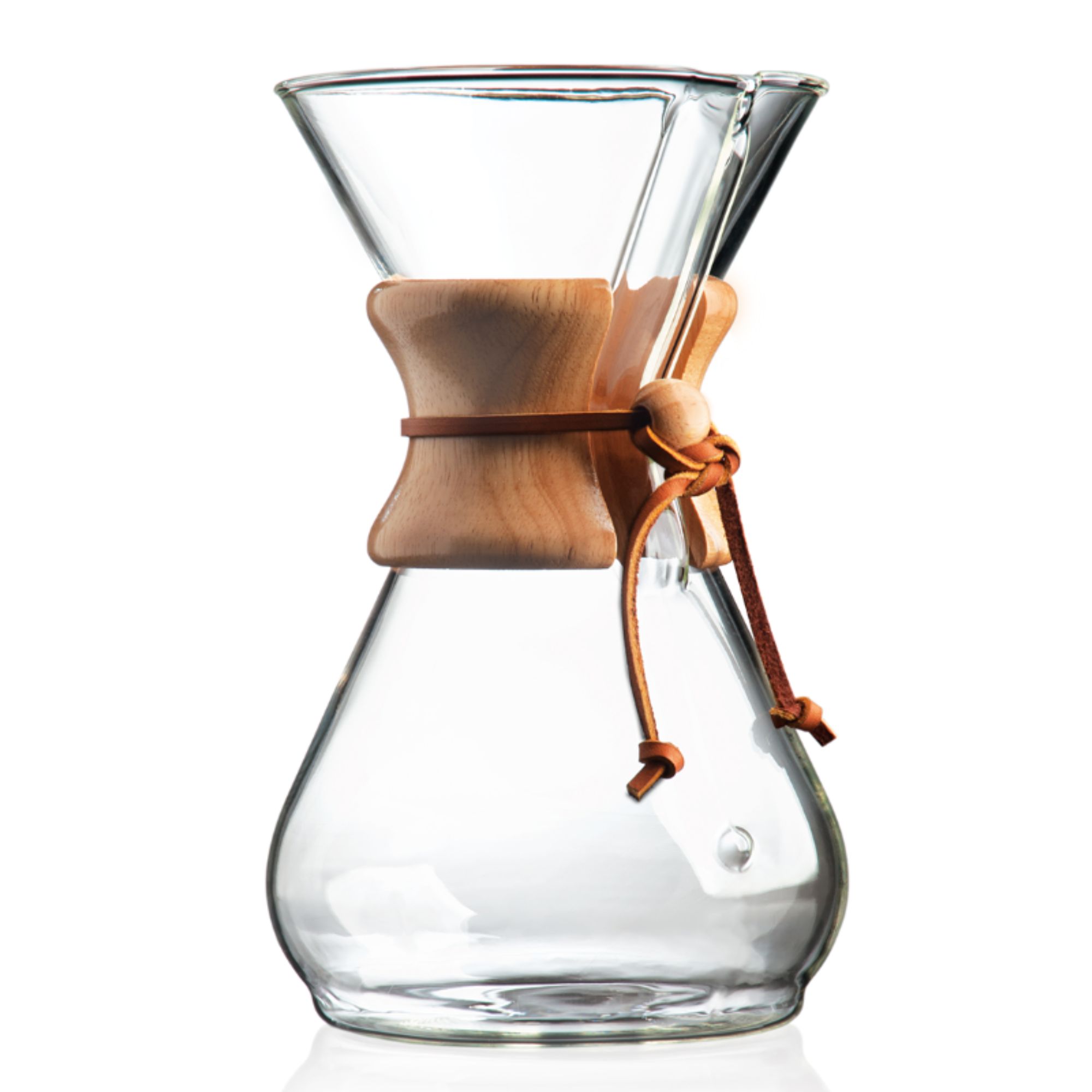
We love the Chemex coffee maker, especially for iced coffee. The glass carafe means that you can slow cool your coffee in the same container that it was brewed in. That's less washing up and a delicious coffee too.
It’s not only the brew that will make your coffee sweet, it’s also the type of coffee that you drink. Adding milk to your coffee provides sweetness, whether it’s plant-based or dairy. Therefore, if you have a pod or automatic coffee machine, you’ll be able to select some sweeter coffee types, such as a cappuccino, latte, or even a mocha. These are the machines that we would recommend you try:
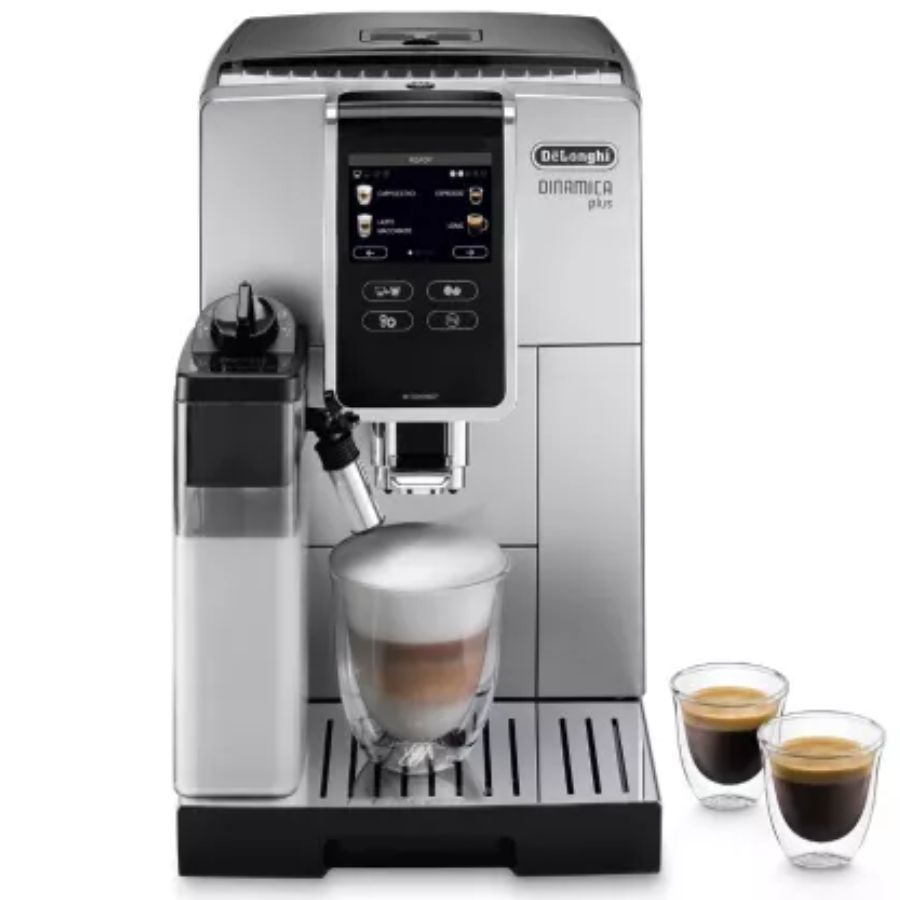
The Dinamica is a dynamic coffee maker, with over 16 different coffee settings, a brilliant milk frother, and premium finishes. You can choose to add as much milk as you like and can customize the shot settings to make your coffee sweeter too.
Pros
- Integrated milk frother
- Simple touchscreen controls
- Range of coffee options
- Easy to clean
Cons
- Expensive
- Heavy
- Milk frother can be messy
- Wasteful set-up process
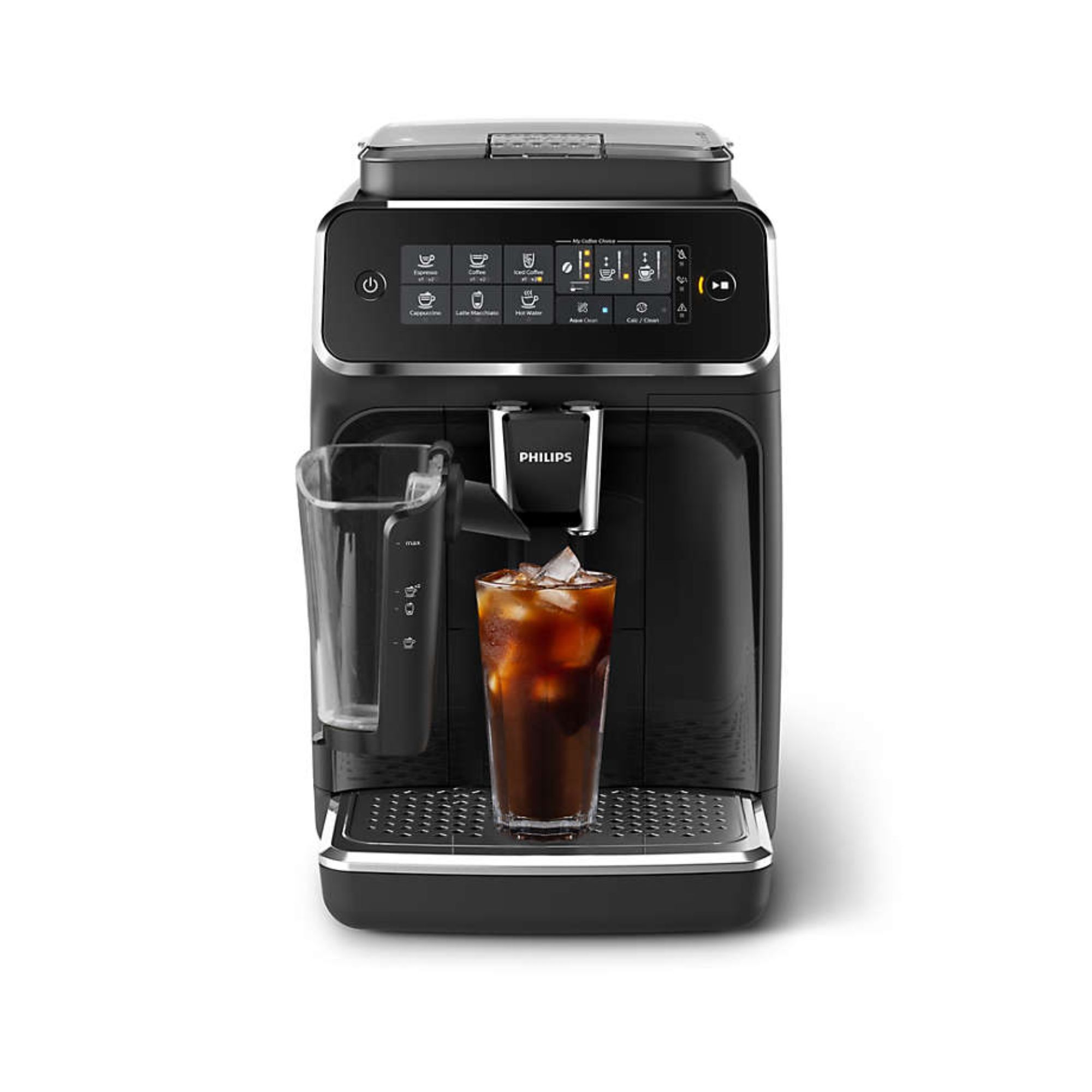
This is our favorite coffee maker. Not only is the integrated bean hopper well sealed and concealed, it makes incredible coffee. It's fully automatic and easy to use too. If you want a sweeter, milky coffee, this will make it at the touch of a button.
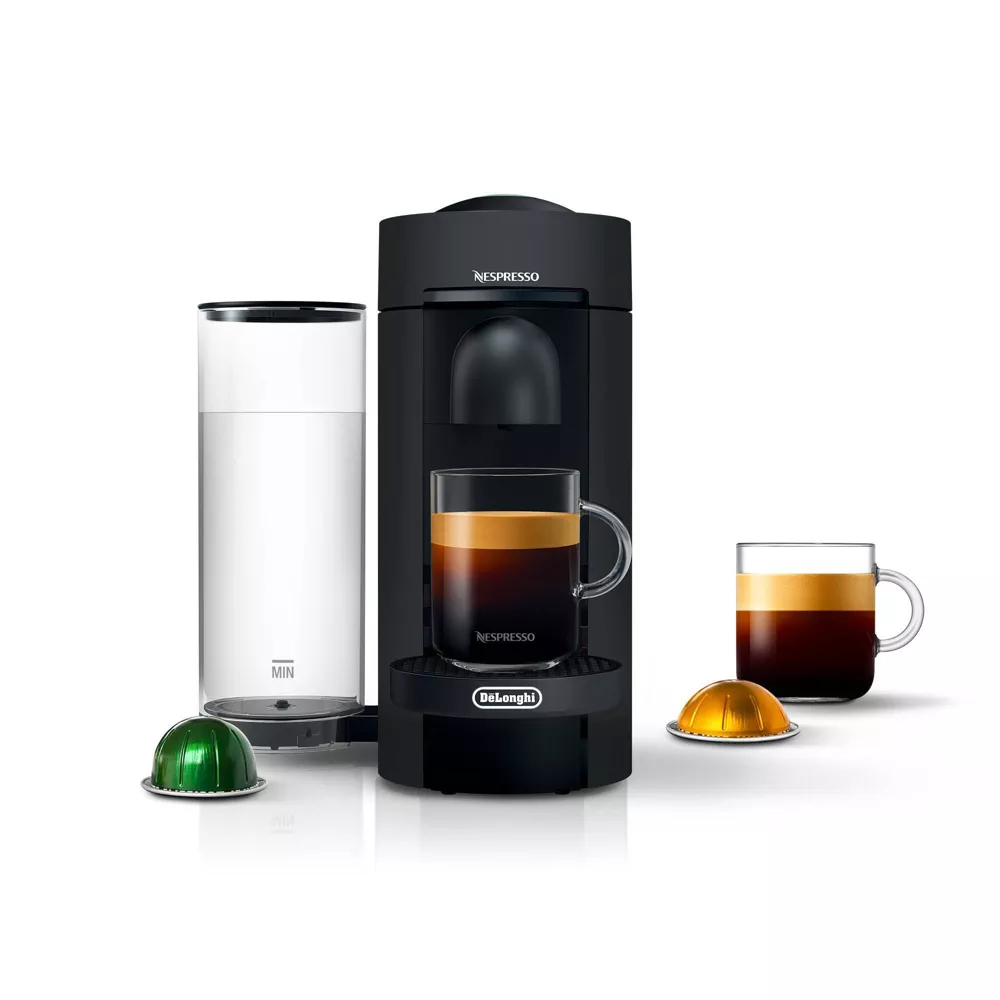
An easy option for coffee lovers, Nespresso have launched special pods for iced coffee, so you can enjoy a cold brew without any bitter or acidic flavors. Simply put a pod in, press a button, and you're ready to go.
Pros
- Sleek & stylish design
- Easy to use
- Smartphone connectivity
- Brews a wide range of coffee types
Cons
- Only compatible with Nespresso Vertuo pods
- No temperature control on milk frother
Nutritionist tips
Whilst the baristas were full of technical tips, I know that you might want some more tangible tips. Nutritionists and health experts were full of innovative ways to naturally sweeten your coffee. One of the more common recommendations was replacing sugar with stevia or monk fruit. These don’t have the controversial aspartame in other sweeteners but also aren't the same as refined sugar.
Registered dietician, Trista Best, explained that ‘monk fruit has been used for medicinal purposes for centuries and gets its sweetness from the antioxidants that it contains, rather than the natural fruit sugars glucose and fructose. These work in the body to counteract free radical damage that leads to disease and illness. This means that monk fruit sweetener can help to prevent cancer, bringing balance to blood glucose, and it is naturally anti-inflammatory.' This is a great alternative if you’d really struggle to give up adding a spoonful of sugar. However, it doesn’t change your cravings for sugar, so might not help you in the long run.

Trista is a Registered Dietitian at Balance One Supplements,
Environmental Health Specialist, and Adjunct Nutrition Professor. She
completed her Bachelors of Science in Health Science, Masters of Public
Health Nutrition, Bachelors of Science in Food and Environmental Sciences,
and Dietitian Registration in 2018.
Deniz Efe, founder of Fitness Equipped, with a background in molecular and medical biotechnology, has some natural tips for adding sweetness. ‘One way to sweeten coffee naturally is with cinnamon, which adds a subtle sweetness and an exotic flavor’. He recommends sprinkling it into your coffee along with nutmeg, cardamom, and ginger. He also occasionally adds almond or vanilla extract to his coffee. He says that ‘both are excellent options for providing a slightly sweet flavor to your coffee without overwhelming it. You could also try adding coconut milk or almond milk as an alternative with a hint of sweetness that doesn’t sacrifice the creamy texture.'

Deniz is the founder of Fitness Equipped, but has an extensive experience with medical work. He was former chief of a governmental initiative with the Austrian Football Association and has a background in molecular and medical biotechnology.
FAQs
What is the healthiest way to sweeten your coffee?
We’ve established that refined sugar isn’t great for you when consumed in large quantities. Sweetening your coffee without it, therefore, makes it healthier. There’s no number one healthiest way to do it, so experiment with grind size, brewing methods, and then culinary add-ins, from vanilla to cinnamon.
What can you use in coffee instead of sugar?
There are endless possibilities of flavors that will naturally sweeten your coffee. I had lots of recommendations for almond and vanilla extract as well as cinnamon and other sweet spices. If you’re adventurous enough, try salt. The minerals balance the coffee oils and enhance the flavors, making floral and fruity notes stand out more.
What’s the sweetest brewing method for coffee?
I’d recommend using an espresso machine because your coffee is brewed quickly and finely ground. This minimizes how much your coffee will oxidize and so will make your coffee taste naturally sweeter. Some machines, like the Breville Barista Pro, can pre-infuse your grounds with water, releasing even more CO2, so that your cup tastes even sweeter.
What’s the sweetest type of coffee?
Aside from a mocha or affogato, which has sugar added, a cappuccino or latte will be sweeter. Any coffee that you add milk to will be naturally sweetened by the sugars in the milk. Experts often recommend lactose-free milk or dairy-free milk because the molecule chains are shorter, so they taste sweeter, but I would recommend trying out a few different ones before you settle.
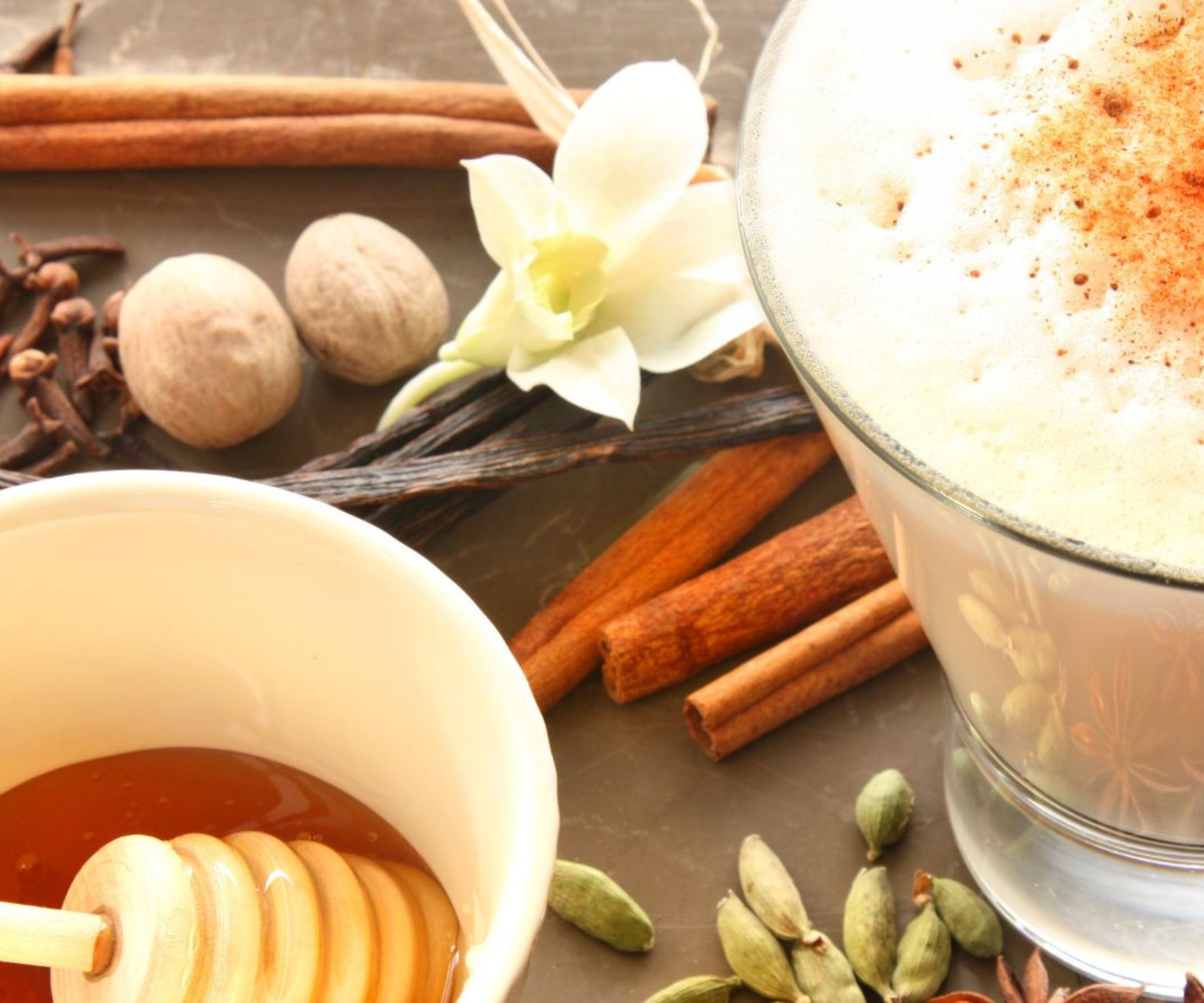
There’s a lot that you can do to make a sweeter cup of joe. Plenty of these methods are natural and healthier than my original blend of heavy cream and sugar sachets. I think you’ll find that you get a lot more from your cup when you start letting it speak for itself. If you fancy something really wild, try adding salt. It sounds counter-intuitive, but you’ll never go back. I promise.
Remember to use filtered water and to experiment with the ratio of coffee and water that you use. These are coffee basics, but, as you’ve seen, when you tweak the basics, it can make a lot of difference.

Laura is our eCommerce editor. As a fully qualified barista, she's our expert in all things coffee and has tested over thirty of the best coffee makers on the market. She has also interviewed Q-Graders and world-leading experts in the coffee industry, so has an intimate knowledge of all things coffee. Before joining Homes & Gardens, she studied English at Oxford University. Whilst studying, she trained as a master perfumer and worked in the luxury fragrance industry for five years. Her collection of home fragrance is extensive and she's met and interviewed five of the world's finest perfumers (also known as 'noses'). As a result of this expansive fragrance knowledge, she always puts quality and style over quantity and fads. Laura looks for products which have been designed simply and with thoughtful finishes.